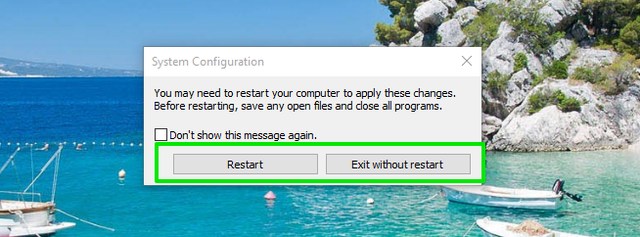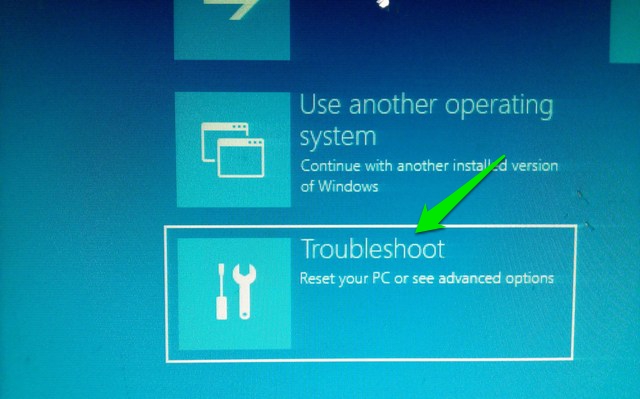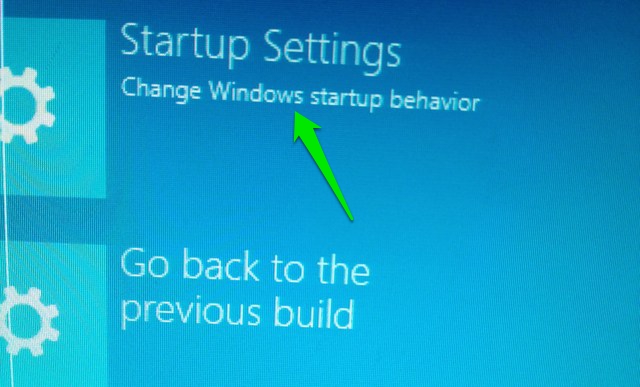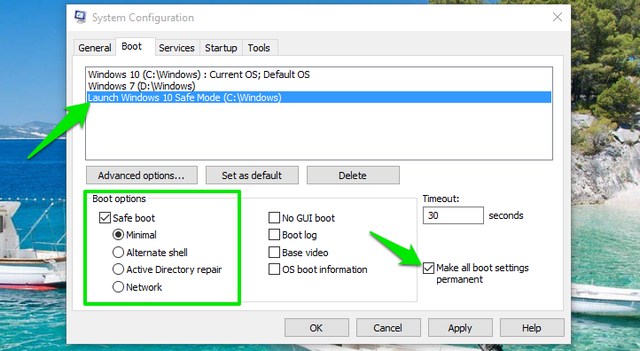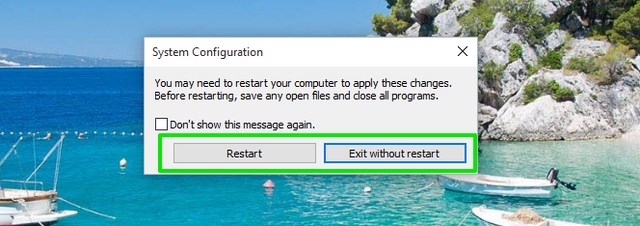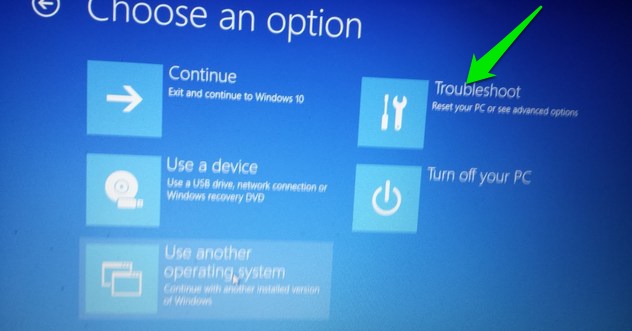Safe Mode has always been a crucial tool for troubleshooting various Windows problems. By loading only the necessary drivers and files, Safe Mode keeps unnecessary files and applications at bay, which could potentially be causing the problem. Knowing different ways to access Safe Mode is vital as it can help you overcome situations where you can’t even access the login screen. In this article, we will explore six different methods to access Safe Mode in Windows 10, ensuring you’re prepared even in the worst conditions.
Method #1: Always Launch Windows 10 in Safe Mode
You can configure Windows 10 to always launch in Safe Mode from the System Configuration dialog. This method is useful when you are troubleshooting a Windows problem and need to open Windows 10 in Safe Mode for the session. To do this, press Windows+R keys to open the “Run” dialog and enter “msconfig” in it. Click “OK,” and the “System Configuration” dialog will open up.
Bạn đang xem: 6 Ways to Boot Windows 10 in Safe Mode
In the “Boot” tab of the System Configuration dialog, select Windows 10 at the top (if multiple options are available). Under “Boot options,” choose “Safe boot” and the type of Safe Mode you want to launch. You can select “Minimal” for regular Safe Mode or choose “Alternate shell” or “Network” for Safe Mode with Command Prompt or Network access, respectively. Click “OK” to apply the changes, and you will be prompted to restart immediately or later. Choose the desired option, and Windows 10 will launch in Safe Mode.
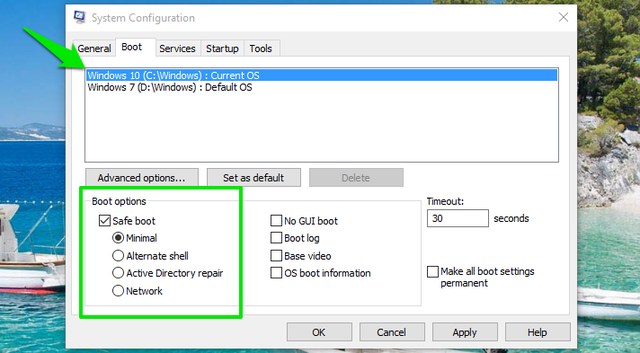
Remember, enabling this setting will make Windows 10 always load in Safe Mode. If you want to return to normal mode, you will have to go to the System Configuration dialog again and uncheck “Safe Mode” under Windows 10.
Method #2: Press F8 to Boot into Windows 10 Safe Mode
Pressing F8 while Windows is loading has always been the best way to boot Windows into Safe Mode. However, Windows 8 and Windows 10 boot so fast (especially with the right hardware) that the F8 keystroke is not even recognized. Nevertheless, if you are using an older PC with an older BIOS and a hard drive instead of an SSD, the F8 trick may still work for you.
If that’s the case, rapidly press the F8 key while Windows 10 is loading, and you should see startup options, including the Safe Mode option.
Note: If you are dual-booting, ensure that Windows 10 is set as the default OS. You can set it as the default OS from the same “Boot” options in the “System Configuration” dialog mentioned in method #1.
Method #3: Hold Shift and Restart
Another method to access troubleshoot boot options and access Safe Mode is by holding the Shift key and restarting the PC. You can do this from the Start menu by clicking on the “Power” button. Press and hold the “Shift” key and click on the “Restart” button. This combination will work both from the Windows Shutdown dialog (Alt+F4) and the Sign-in screen.
This will restart your PC and open basic boot options. Click on “Troubleshoot,” and from there, you will see an option to access “Advanced options.” Click on “Advanced options.”
In the “Advanced options” menu, click on “Startup Settings” and then click on “Restart” to access advanced boot options.
After your PC restarts again, you will see advanced boot options. Select the desired Safe Mode option using numerical keys or function keys (F1, F2, F3). The minimal Safe Mode is the 4th option in the list, accessible with the numeric key 4 (or F4). Safe Mode with Network and Safe Mode with Command Prompt can be accessed using numeric keys 5 (F5) and 6 (F6), respectively.
Method #4: Add Safe Mode Option in the Boot Menu
You can also add the Safe Mode option to the boot menu alongside other operating systems. This allows for easy access to Safe Mode whenever you restart your PC. This method is extremely useful if you often need to access Safe Mode or if you can’t access Windows 10 at all. Although it requires a little setup, we’ll guide you through the process.
To create an entry in the boot menu, right-click on the start menu icon (or press Windows+X) and select “Command Prompt (Admin).” This will open an elevated Command Prompt window. Enter the command bcdedit /copy {current} /d "Launch Windows 10 Safe Mode" and press the Enter key.
This command will create an entry in the boot menu with the name “Launch Windows 10 Safe Mode.” You can edit the name to your desired preference. You can repeat the process and change entry names to create multiple entries, which is perfect if you plan on creating entries for Safe Mode with Networking and Command Prompt as well.
To assign the Safe Mode function to the newly created entry, go to the System Configuration again by typing “msconfig” in the “Run” dialog, as mentioned in method #1. In the “Boot” tab, select the new entry you just created. Choose “Safe boot” from the “Boot options” and select the Safe Mode type below it. Make sure to check the “Make all boot settings permanent” option. When you click “OK,” you will be prompted to restart immediately or later. Choose the desired option, and the Safe Mode entry will be added to the boot menu.
If you change your mind and want to remove this entry from the boot menu, access System Configuration again, select the entry, and click on “Delete” to remove it immediately.
Method #5: Use a Windows 10 Recovery Drive
If you have already created a Windows 10 Recovery USB drive or disk, you can use it to access Safe Mode. This method is helpful when you are unable to access Windows and haven’t configured it to load in Safe Mode. Attach the Recovery USB drive to your PC and boot it. You should see a “Choose an option” screen with various options, including “Troubleshoot.” Select “Troubleshoot,” and the rest of the process is the same as method #3.
Method #6: Force Windows 10 to Load the Boot Options
This method is a little harsh, but it can be a lifesaver when you don’t have access to your Windows recovery drive and other methods are not working for some reason. If you interrupt Windows 10 from loading 2-3 times, it will automatically display basic boot options, allowing you to select the “Troubleshoot” option and navigate to Safe Mode using the instructions in method #3.
Xem thêm : How to Log Out of Instagram on All Devices
Start Windows 10, and when you see its logo with dots circling beneath it, press and hold the PC’s power button. This action will force shutdown the PC after a short delay. Repeat this process 2-3 times, and you should see Windows displaying “Loading Repairing options” while loading Windows 10. This time, don’t shutdown the PC and let it complete the process. Basic boot options will load up, and you can select “Troubleshoot” here and follow the instructions in method #3 to access Safe Mode.
Frequently Asked Questions
Q: How can I always launch Windows 10 in Safe Mode?
A: You can configure Windows 10 to always launch in Safe Mode from the System Configuration dialog. Press Windows+R keys to open the “Run” dialog, enter “msconfig,” and click “OK.” In the “Boot” tab, select Windows 10 and choose “Safe boot” under “Boot options.” Click “OK” and restart your PC.
Q: How can I access Safe Mode if pressing F8 doesn’t work?
A: Windows 8 and Windows 10 boot too fast for the F8 keystroke to work. However, on older PCs with older BIOS and hard drives, the F8 trick may still work.
Q: Can I add the Safe Mode option to the boot menu?
A: Yes, you can add the Safe Mode option to the boot menu. Right-click on the start menu icon, select “Command Prompt (Admin),” enter the command bcdedit /copy {current} /d "Launch Windows 10 Safe Mode", and press Enter. Then, go to the System Configuration, select the new entry, and choose “Safe boot.”
Q: How can I access Safe Mode using a Windows 10 Recovery Drive?
A: If you have a Windows 10 Recovery USB drive or disk, attach it to your PC and boot from it. Select “Troubleshoot” from the “Choose an option” screen, and follow the instructions mentioned in method #3.
Q: What should I do if none of the methods work?
A: If none of the methods work, you can force Windows 10 to load the boot options. Interrupt Windows 10 from loading 2-3 times by pressing and holding the power button. After that, the basic boot options will load, and you can select “Troubleshoot” and follow the instructions in method #3.
Conclusion
In this article, we have discussed six methods to boot Windows 10 in Safe Mode. These methods should be sufficient to enable you to access Safe Mode whenever needed. We recommend adding a Safe Mode entry in the boot menu to ensure you always have the option to access Safe Mode, even if Windows 10 is not booting. However, if you didn’t set it up beforehand, using a Recovery disk or force shutdown should help you access Windows 10 in Safe Mode.
Do you know any other ways to enter Safe Mode in Windows 10? Share with us in the comments below.
Nguồn: https://eireview.org
Danh mục: Technology


